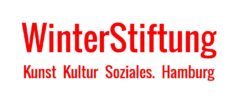The artistic work of Pantelis Tsatsis
The world we live with.
Pantelis Tsatsis, a trained economist and former banker, has been artistically occupied with a ruthless view of the world almost all his life. In mostly medium-sized oil paintings and smaller watercolors, he continuously takes stock of his very personal situation. His paintings irritate with their colour-harmonious aesthetics and yet ruthless depiction of the perceived grievances. The artistic work of Pantelis Tsatsis is a personal challenge to rethink something that has already been initiated by the eco-movement or the "Fridays for Future" movement. To put it simply, for him it's all about the conclusion: "Everyday for future". As abstract as climate change may seem to many, the effects have long been felt. Concrete changes in our lifestyle, industry and economy have become evident.
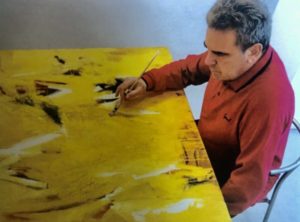
With his paintings, the artist helps to open our eyes a little more to the importance of nature and the need for sustainable action. When we learn to understand the enjoyment of art as a comprehensive stimulus for our lives, then it becomes clear that art can be an elixir of life. The wealth of his observations and thoughts are only hinted at in his pictures. They may not be fully aware of him himself, because as an artist he acts like a medium that can only help to make things conscious. However, the artist does not convey messages from supernatural beings, angels or spirits, but intuitively points out unsolved problems that are waiting to be noticed and solved.
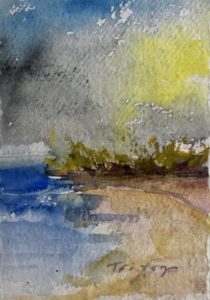
Tsatsis: Seeing the world with open eyes
Tsatsis recognized climate change, its causes and consequences as a major problem very early on, when he was interested in dealing with nature and economic developments. In order to be able to recognize the ecological dimension of art, a different view of the relationship between art and nature than our usual view is required. That's why Tsatsis picks us up where our aesthetic understanding is still dominated by a romantic concept of nature, the untouched landscape, the overwhelming or idyllic nature. It is not easy for us to go from this 'naivety' to that 'continuous reflection' of an art that reveals its own foundations and thus its relativity. Aesthetically we live in a traditional state of perception, just as we emotionally still live in a geocentric world and that Einstein's universe as absurd. Tsatsis found confirmation very early on that ecological issues must be part of art. Joseph Beuys undoubtedly represented the connection between art and ecology most prominently. With his art, Beuys also challenged ours Senses and our actions are connected. Viewing art is thus placed in an active relation to action and perception: "There is a visible and there is an invisible world. The invisible world includes the imperceptible connections of forces, forms and energy processes... These invisible forms are only invisible as long as I have no eyes, no organ that is capable of pictorial perception. For those who create an organ of perception, these forms are perceptible."
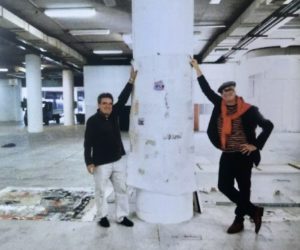
Some things may look familiar to the viewer of the works of the artist Tsatsis - and yet these pictures are different. No amount of informative representation, e.g. through a photographic copy, can replace it. Rather, they form the basis for a dialogue about nature and the world in which we live. Everything that motivated the artist when creating his watercolor paintings is also offered to the viewer: an intuitive experience of nature, joy on the one hand and a certain insecurity or even melancholy on the other. Tsatsis succeeds in conveying the sacred realm of the soul in images that refer the viewer to nature and thus to the origin of all our lives.
Works by the artist are in international collections.
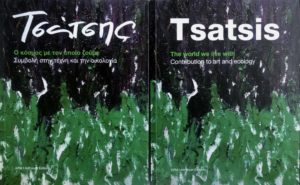
Art publication
The monograph on the subject was published simultaneously in English and Greek by ArtForum Editions in 2022, supported by Winter Foundation Hamburg:
ΤΣΑΤΣΗΣ / TSATSIS, The world we live with. Paintings and watercolours by Pantelis Tsatsis, contribution to art and ecology.
Editors: P. Merten and L.A. Safiriou. 2022
